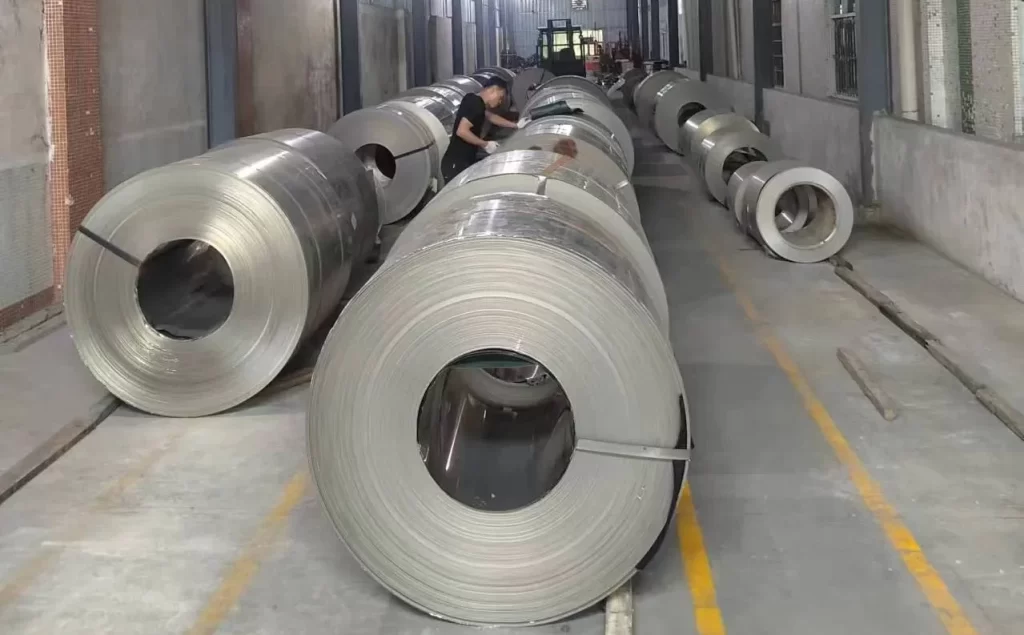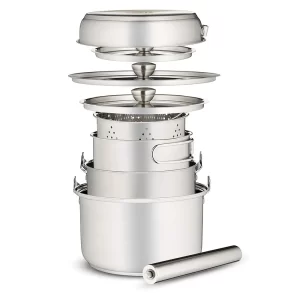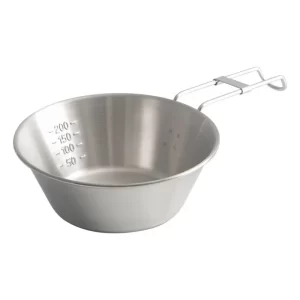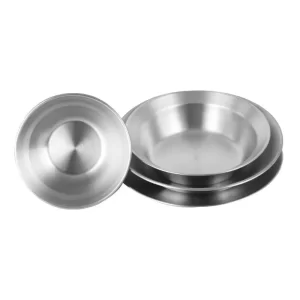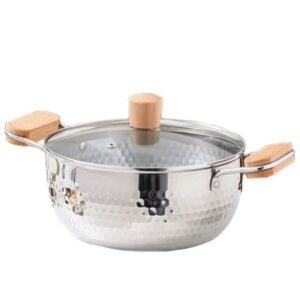Understanding the differences between 201, 304, and 430 stainless steel is essential to choosing the right material. Each material has its advantages in terms of strength, corrosion resistance, and cost, and is suitable for different application scenarios. Chancescook will do a detailed and comprehensive guide on how to differentiate between three types of stainless steel materials.
Table of Contents
ToggleUnderstanding Stainless Steel
What is Stainless Steel?
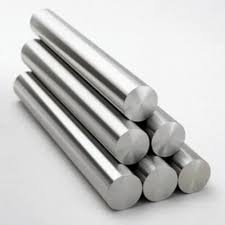
Stainless steel is a metal alloy primarily made from iron, carbon, and a minimum of 10.5% chromium. The chromium content is what gives stainless steel its resistance to rust and corrosion. Depending on the specific application, other elements like nickel, molybdenum, and manganese are added to enhance specific properties like strength, formability, and corrosion resistance.
How Different Types of Stainless Steel Are Created?
Stainless steel can be divided into different types according to its composition. The inclusion of different amounts of chromium, nickel, and other elements results in different mechanical and chemical properties. This has resulted in different kinds of stainless steel: 304, 201, and 430 etc., each with specific functions and applications.
304 Stainless Steel
Composition
304 stainless steel is one of the most prevalent grades of stainless steel. It contains approximately 18% chromium and 8% nickel, which is more commonly known as “18/8” stainless steel. This grade provides great properties with an excellent balance that makes it suitable for extremely many applications.
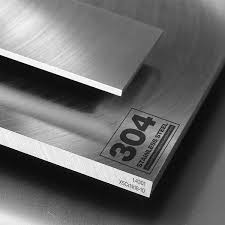
Advantages
- Durability: Rust and corrosion resistant, and thus durable in both indoor and outdoor applications.
- Hygiene: Food and liquid non-reactive, and that is why it is used as the food-contact surface material of choice.
- Aesthetic Appeal: Maintains a shiny look, even after long usage, and is thus a popular choice for items that have to appear appealing.
201 Stainless Steel
Composition
201 stainless steel is cheaper than 304 but has approximately 5-6% nickel, along with higher manganese and nitrogen levels. It is less resistant to corrosion because of the lower nickel level but is less costly.
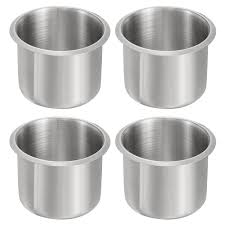
Advantages
- Affordability: 201 stainless steel is much more affordable than 304, and that makes it ideal for value-conscious buyers.
- Satisfactory Durability: Although less corrosion-resistant than 304, it is acceptable in low-humidity, indoor environments.
- Formability: Easier to form and mold, and therefore a suitable option for manufacturers seeking flexibility.
430 Stainless Steel
Composition
430 stainless steel is a ferritic stainless steel with around 16-18% chromium and no nickel. It is one of the cheaper grades of stainless steel because it does not contain any nickel.
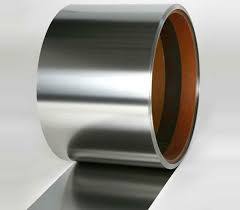
Advantages
- Economical: It is one of the lowest-cost stainless steel grades and hence ideal for applications where price is a high priority.
- Magnetic: Its magnetism is useful in applications where magnetism is desired, such as in certain cooking surfaces.
- Indoor Suitable: Suitable for indoor use in dry, non-corrosive environments.
Key Differences Between 304, 201, and 430 Stainless Steel
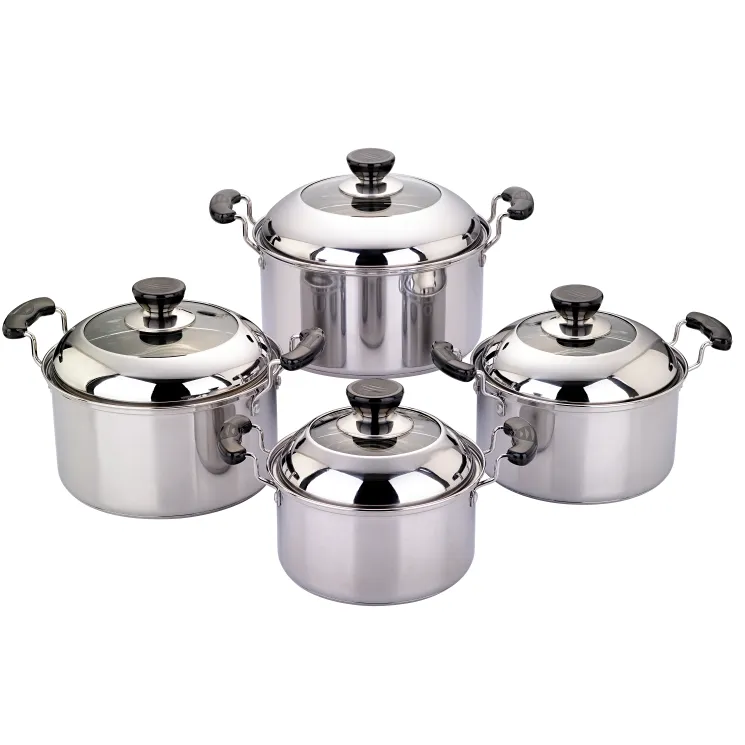
Corrosion Resistance
- 304: Provides superior corrosion resistance and is best for high-performance use.
- 201: Less corrosion resistant, but best used where the corrosion will not be a large issue.
- 430: Least corrosion resistant, but best for indoor and non-critical uses.
Cost
- 304: The most expensive because it has a high nickel content and overall strength.
- 201: Inexpensive alternative to 304, with typical corrosion resistance.
- 430: Least expensive, best for application where price is the concern.
Magnetism
- 304: Non-magnetic.
- 201: Not magnetic but becomes weakly magnetic upon cold working.
- 430: Magnetic, which in some applications is advantageous.
Strength and Durability
- 304: Offers maximum strength and durability, especially in extreme conditions.
- 201: Average strength and durability, best for general-purpose usage.
- 430: Resistant to damage, though not as strong as 304 in corrosive conditions.
Applications
- 304: Good for high-end cookware, medical equipment, and food processing.
- 201: Best for low-cost cookware and decorative items.
- 430: Best for appliances, trims, and non-critical kitchen equipment.
Conclusion
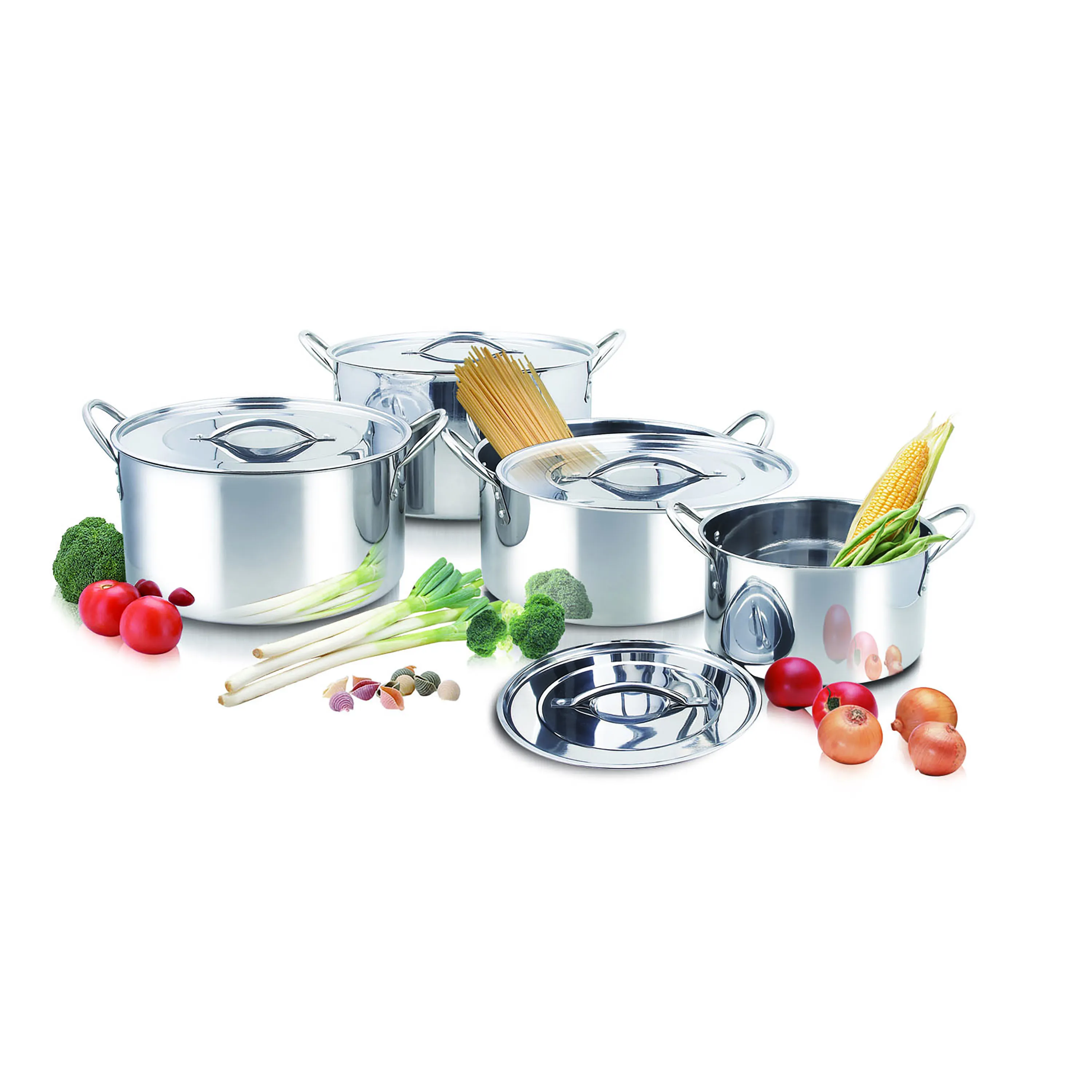
If you’re looking for a high-quality stainless steel manufacturer, Chancescook offers an extensive range of high-quality products made from top-grade stainless steel. Known for its innovation and quality, Chancescook provides ready-made stock products and customization services to meet your needs.
Explore Chancescook stainless steel cookware manufacturer today and elevate your cooking experience with the excellent performance of premium stainless steel pots and pans!

